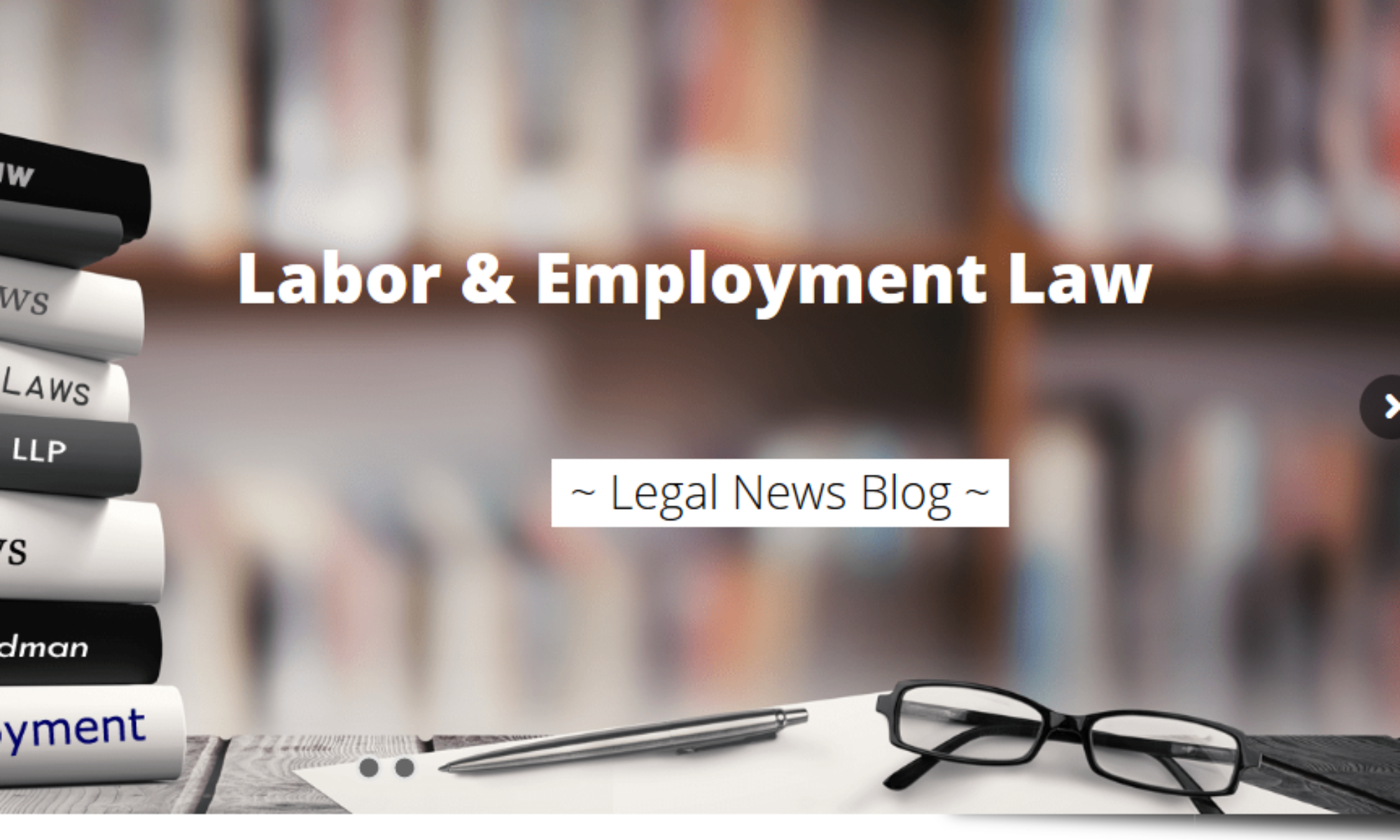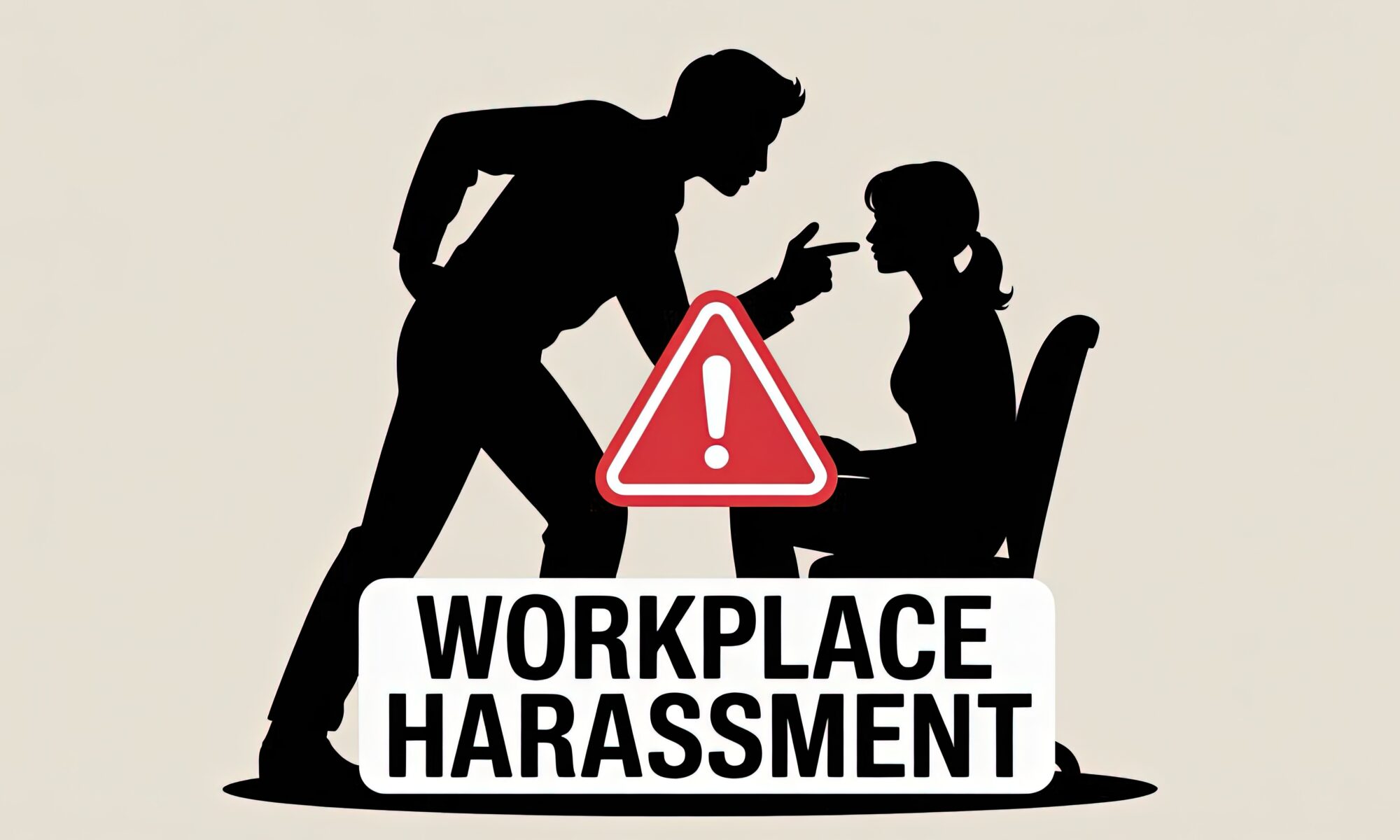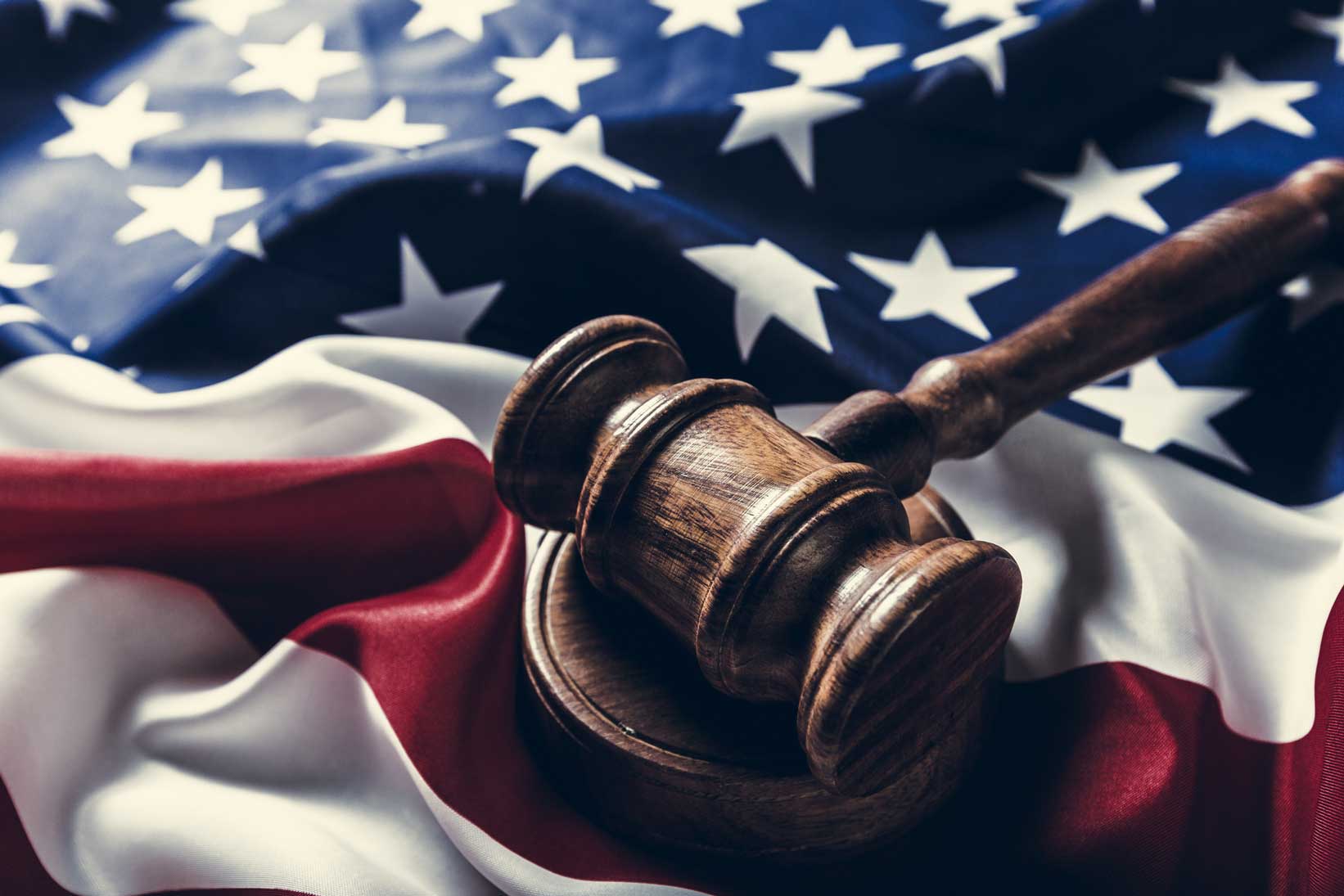Reporting a Hostile Work Environment: When the Office Becomes a Battlefield
For Tazaria Gibbs, a warehouse employee in Memphis, the workday didn’t just bring physical labor—it brought an onslaught of unwelcome sexual comments and an operations manager who refused to take “no” for an answer. When she reported the harassment to three different supervisors, expecting protection, she was instead met with silence. No reports were filed. No investigations were launched. Eventually, when she refused to meet her harasser alone, she was fired for “insubordination.”
This isn’t just a story of bad management; it is a textbook example of a hostile work environment. It is also the center of a federal lawsuit filed by the Equal Employment Opportunity Commission (EEOC) against DHL Supply Chain in January 2025.
While the term “hostile work environment” is often tossed around to describe a rude boss or an annoying coworker, the legal reality is far more specific—and far more damaging. It describes a workplace permeated by discriminatory conduct so severe or pervasive that it alters the conditions of employment.
If you dread walking through the office doors because of harassment or discrimination, understanding your rights isn’t just about policy—it’s about survival and justice.
What is a Hostile Work Environment?
Under Title VII of the Civil Rights Act of 1964 and state laws like the California Fair Employment and Housing Act (FEHA), a hostile work environment is not defined by general unpleasantness. It is defined by discriminatory harassment.
To meet the legal standard, the conduct must be unwelcome and based on a protected characteristic, such as race, religion, sex (including pregnancy and gender identity), national origin, age (40 or older), or disability. Furthermore, the behavior must be either severe (a single, egregious incident, such as a sexual assault) or pervasive (a pattern of ongoing incidents) enough to create an abusive environment that a reasonable person would find intimidating or hostile.
Behaviors That Cross the Line
Harassment can take many forms, often escalating from subtle slights to overt abuse. Common examples include:
- Sexual Harassment: This includes unwanted touching, lewd jokes, the display of inappropriate images, or quid pro quo offers (trading employment benefits for sexual favors).
- Discriminatory Slurs: The use of racial epithets, derogatory comments about a person’s age, or mocking a person’s disability or accent.
- Intimidation and Bullying: Physical threats, blocking someone’s movement, or sabotaging work performance based on protected characteristics.
- Retaliation: Punishing an employee for filing a complaint or participating in an investigation.
The Human Cost of Workplace Hostility
The impact of a hostile work environment extends far beyond legal definitions. For the employee, the psychological toll can be devastating. Victims often experience severe anxiety, depression, sleep disturbances, and a loss of professional confidence. The stress of navigating a minefield of harassment daily can manifest physically, leading to health issues that force employees to take sick leave or resign entirely.
For companies, the cost is equally high, though measured differently. Toxic cultures breed high turnover, low productivity, and reputational damage. As seen in the EEOC v. DHL Supply Chain case, the failure to address complaints can lead to federal lawsuits, costly settlements, and mandated federal oversight.
Securing Compensation
Victims of a hostile work environment have the right to seek justice. Remedies available under state and federal law include:
- Back Pay and Front Pay: Compensation for lost wages and future earnings.
- Emotional Distress Damages: Compensation for the pain, suffering, and mental anguish caused by the harassment.
- Punitive Damages: Financial penalties intended to punish the employer for egregious conduct and deter future violations.
- Reinstatement: Being hired back into your position (though many victims choose not to return).
Employer Responsibilities: The Duty to Act
Employers cannot turn a blind eye to harassment. Under the law, they have an affirmative duty to prevent and correct discriminatory behavior. Ignorance is rarely a valid defense, especially when supervisors are involved or when the conduct is widespread.
Mandatory Policies and Training
Employers must establish clear, written anti-harassment policies that define prohibited conduct and provide a safe avenue for reporting complaints. In California, for example, employers with five or more employees are required to provide sexual harassment training to both supervisory and nonsupervisory staff. This training is designed to educate the workforce on what constitutes harassment and how to intervene.
The Investigation Requirement
When a complaint is made—or when an employer should reasonably know harassment is occurring—they must launch a prompt, impartial, and thorough investigation. As noted in the EEOC’s guidance, an effective investigation involves interviewing the complainant, the alleged harasser, and witnesses, followed by taking appropriate corrective action to stop the behavior.
In the DHL case, the EEOC alleged that supervisors failed to report Gibbs’ complaints despite a policy requiring them to do so. This failure to act is often where liability attaches to the company.
Taking Action: A Guide for Employees
If you are currently trapped in a hostile work environment, taking immediate and strategic action is critical to protecting your rights and your well-being.
1. Document Everything
Create a detailed record of every incident. Write down dates, times, locations, the names of those involved, and exactly what was said or done. Save emails, text messages, and notes that provide evidence of the harassment.
2. Report the Behavior
Follow your company’s policy for reporting harassment. This usually involves notifying Human Resources or a supervisor. If your supervisor is the harasser, report it to their boss or the designated HR representative. Submitting your complaint in writing creates a paper trail that the employer cannot easily deny later.
3. Do Not Fear Retaliation—Report It
Retaliation is illegal. Employers are prohibited from firing, demoting, or harassing employees for filing a complaint or participating in an investigation. If you face retaliation, document it immediately, as this constitutes a separate legal violation.
4. File a Formal Charge
If your employer fails to address the issue, you may need to file a charge of discrimination with the U.S. Equal Employment Opportunity Commission (EEOC) or a state agency like the California Civil Rights Department (CRD).
- Time Limits: In general, you must file a charge with the EEOC within 180 days of the last incident. This deadline is extended to 300 days if a state or local agency enforces a law prohibiting the same conduct.
5. Seek Legal Representation
Navigating employment law is complex. An experienced attorney can help you understand the strength of your case, guide you through the reporting process, and represent you in settlement negotiations or court.
Case Study: EEOC v. DHL Supply Chain
The lawsuit filed against DHL Supply Chain (USA) serves as a stark warning to employers who ignore harassment. The EEOC charged that the company violated federal law when supervisors at its Memphis facility ignored complaints of sexual harassment and actively discouraged female associates from speaking out.
According to the suit, after Tazaria Gibbs complained about an operations manager, she was fired for insubordination. The EEOC’s investigation revealed that numerous other women had been subjected to harassment by male coworkers and supervisors, and that the company consistently ignored these pleas for help.
The lawsuit seeks back pay, compensatory and punitive damages, and injunctive relief to prevent future discrimination. It highlights a critical lesson: having a policy on paper is meaningless if the culture on the warehouse floor allows harassment to thrive unchecked.
Conclusion
A workplace should be a collaborative environment, not a battleground. No one should be forced to choose between their dignity and their paycheck.
If you are facing a hostile work environment, you do not have to fight alone. Firms like Helmer Friedman LLP offer skilled legal advocacy to help address these injustices. With over 20 years of experience, a strong history of case victories, and a commitment to personalized client support, Helmer Friedman LLP can guide you through the legal process and work to secure the justice and compensation you deserve. Don’t hesitate to reach out for a confidential consultation to discuss your situation.









